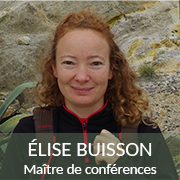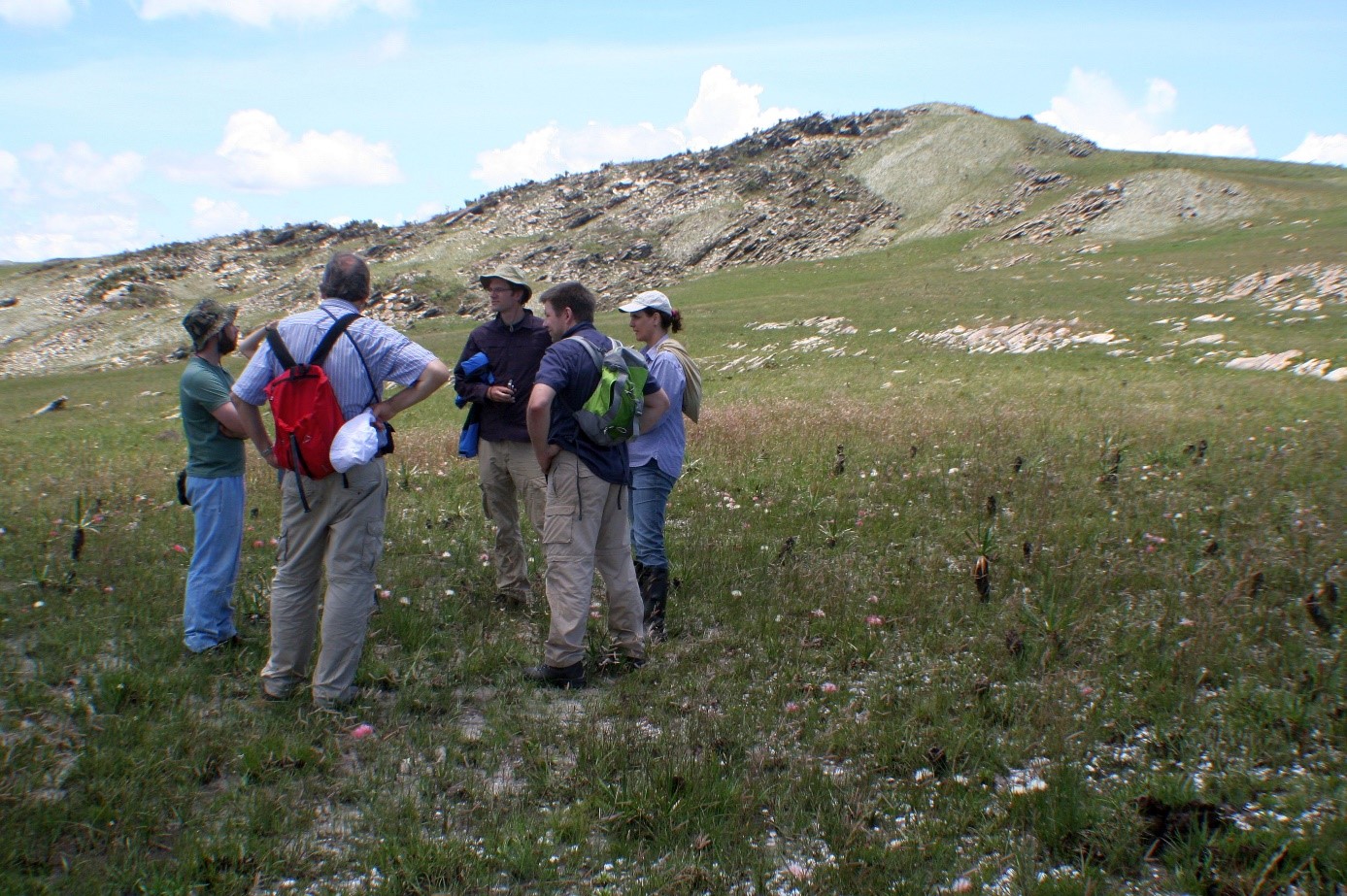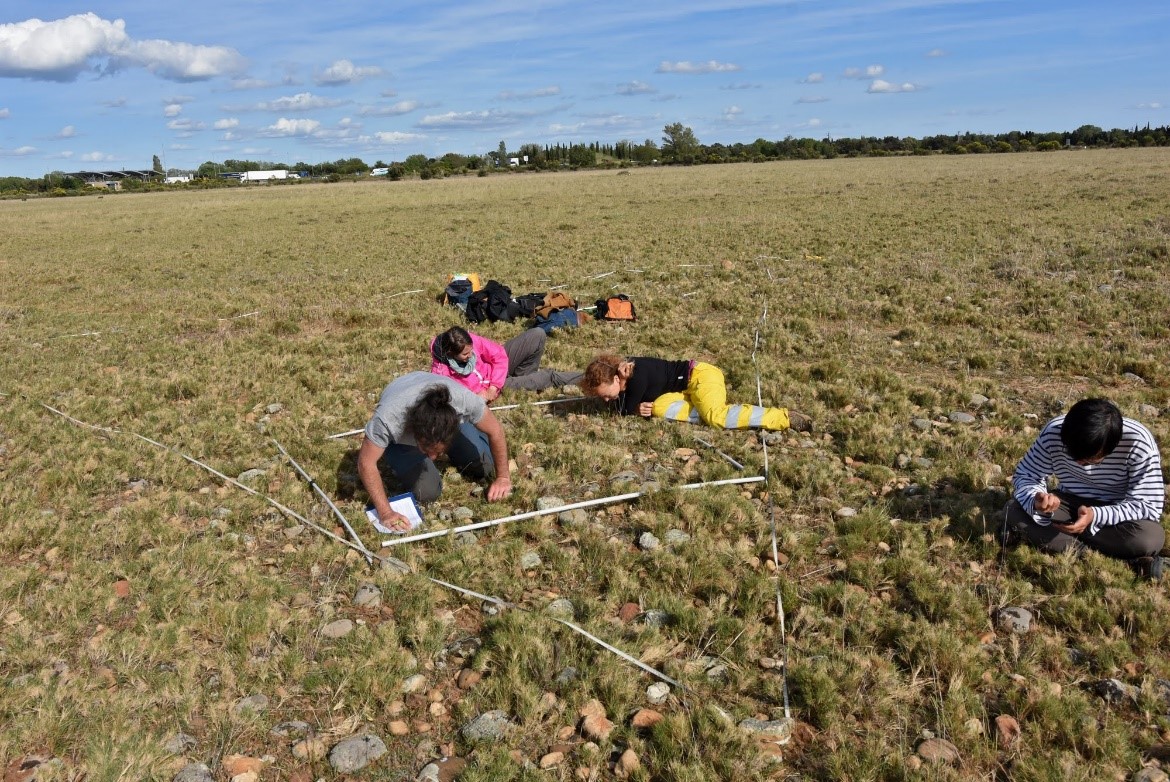[Portrait] Élise Buisson, Senior Lecturer
What is your research about?
The aim of my research is to better understand the theories of community assembly. A community is a collection of animal or plant species that interact with each other and with their environment. Studying the assembly of communities consists in determining the forces guiding the development of these communities. This includes answering fundamental questions concerning, for example, the species richness of certain plant communities, their structuring and long-term dynamics. The results are then applied to the management or ecological restoration of degraded, mainly herbaceous ecosystems (grasslands, meadows, savannahs).


What are your current scientific activities?
This year [in 2019], together with 45 other scientists, we published a response to an article in the scientific journal Science claiming that planting 1,000 billion trees would capture 205 billion tonnes of carbon and solve the climate change problem. In this response, we show that the calculations are wrong, and that planting trees in naturally herbaceous ecosystems such as savannahs or grasslands destroys the habitats of a large number of plant and animal species. This publication is important to us because we want to get an important message across: while tree planting is beneficial in cities and gardens, as well as for restoring forests that have been deforested, it puts biodiversity and many ecosystem services at risk when poorly planned.
Why did you choose to work in academic research?
I chose to do research because I want to contribute to the preservation and restoration of biodiversity by intervening upstream, on the understanding of the functioning of ecosystems in order to determine the actions that could potentially be beneficial.
I like the fact that with this job you learn every day and that you have to remain humble about your ability to understand, help or imitate nature.
I also like to communicate my passion for biology and ecology which facilitates exchanges with other researchers, but also motivates my desire to teach these subjects. I teach in many modules and this allows me to show students the links between subjects (ecology, statistics, communication).
What advice would you give to students who want to do research?
I would advise them to do as many internships as possible, with a variety of supervisors, in order to learn about different ways of working, but also different research jobs (technicians, engineers, full-time researchers, teacher-researchers, etc.). Each research topic is often very specific, and it may be that one topic is not at all appealing and another becomes a passion. You have to "live" these themes to know what is good for you. Internships are therefore an excellent way of finding out what is suitable for everyone.
Which object or image from your research best illustrates you?
The vegetation survey (identification of plant species on a given surface) is a common method for studying plant communities. Here, the survey is done in a natural grassland of the plain of La Crau (Bouches-du-Rhône) with a team and on a fine day without mistral. It's very pleasant, but it's not every day ;-). Not everyone is cut out for field work.

Updated le 26 March 2023